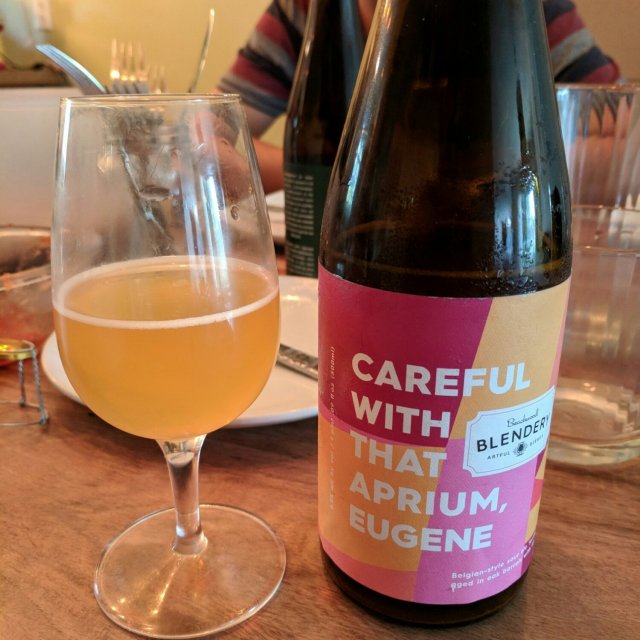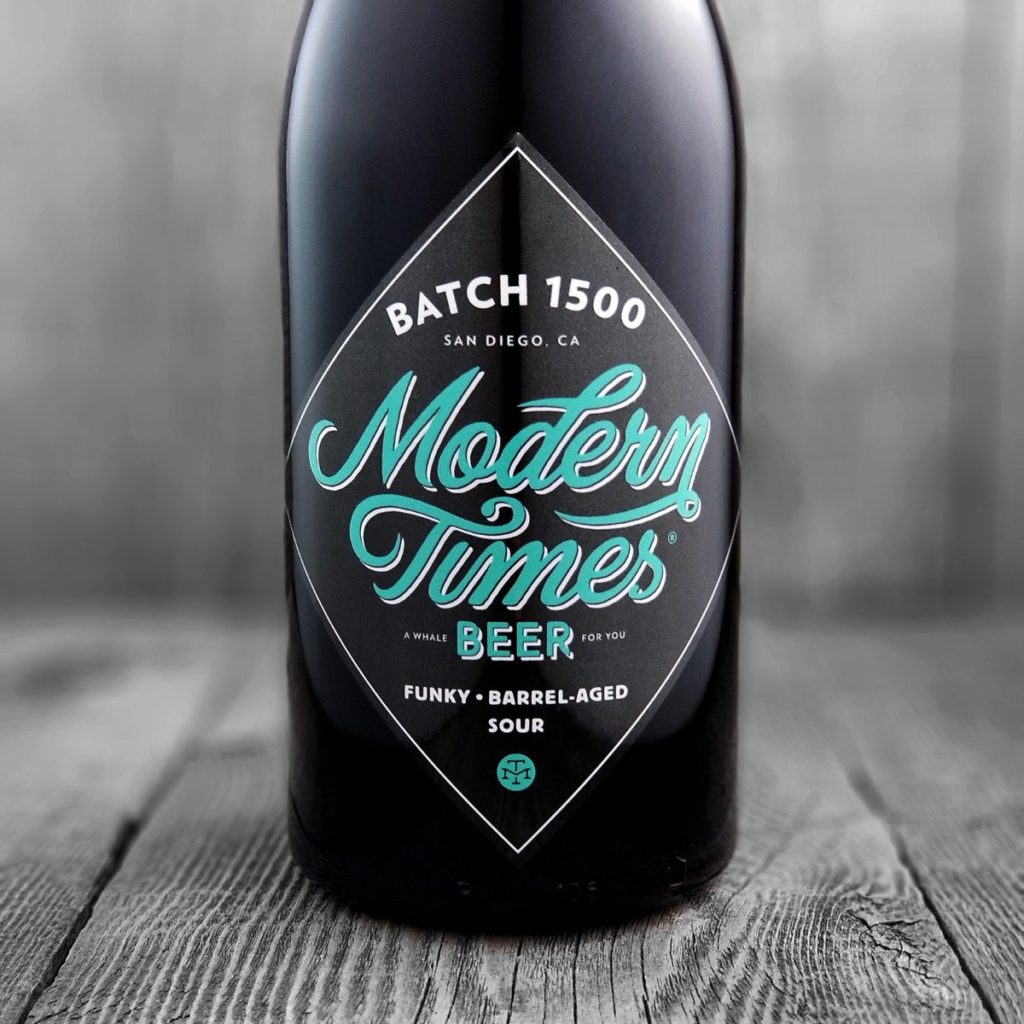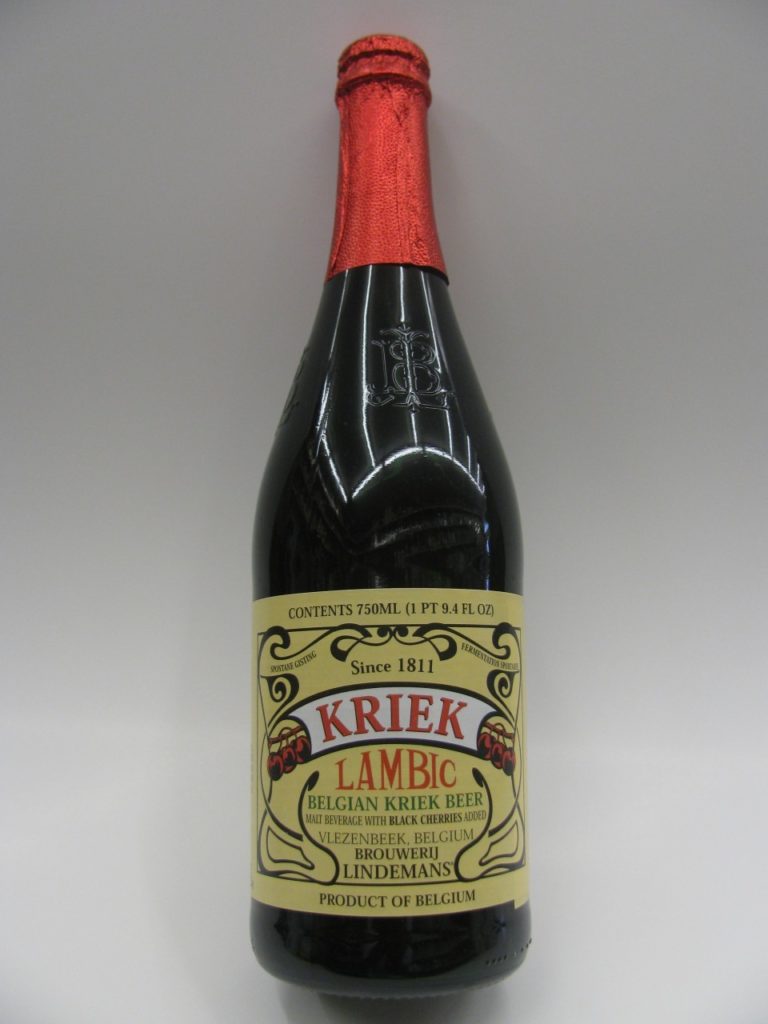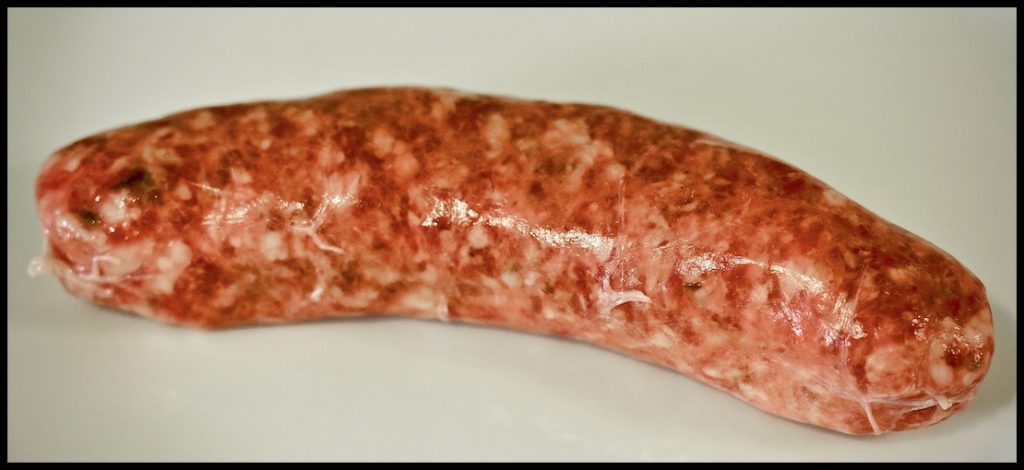
Ever wonder what’s in that delicious looking sausage. Well the Dude of Food has been wondering and finally took the time to tear one down and see what’s in there. Above is your typical average sized sausage found in any US market. This is not a small breakfast sausage but a regular sausage. This one weighed in at 46 grams as shown.
The first thing I don’t like eating is the intestinal lining that sausage is held together with. There just doesn’t seem like any nutritional value to this stuff. The next thing I noticed was the amount of white fat speckles mixed in the meat so I cut the skin wrap from around the sausage and began to pick the specs out with the tip of a corn holder.
You can see in the photo below that there was a good amount of those white fat particles in there. The other things that were hidden in there are what look like small gristle beads. They are rounded and look like little white nuggets. I am pretty sure these things are about as healthy for you as plastic but who knows. Anyhow, I weighed the pile of garbage that had accumulated on the tin foil and it weighed in at 10.6 grams including the intestinal wrapping but not the weight of the foil. That works out to be roughly 22% useless unhealthy waste in every sausage.
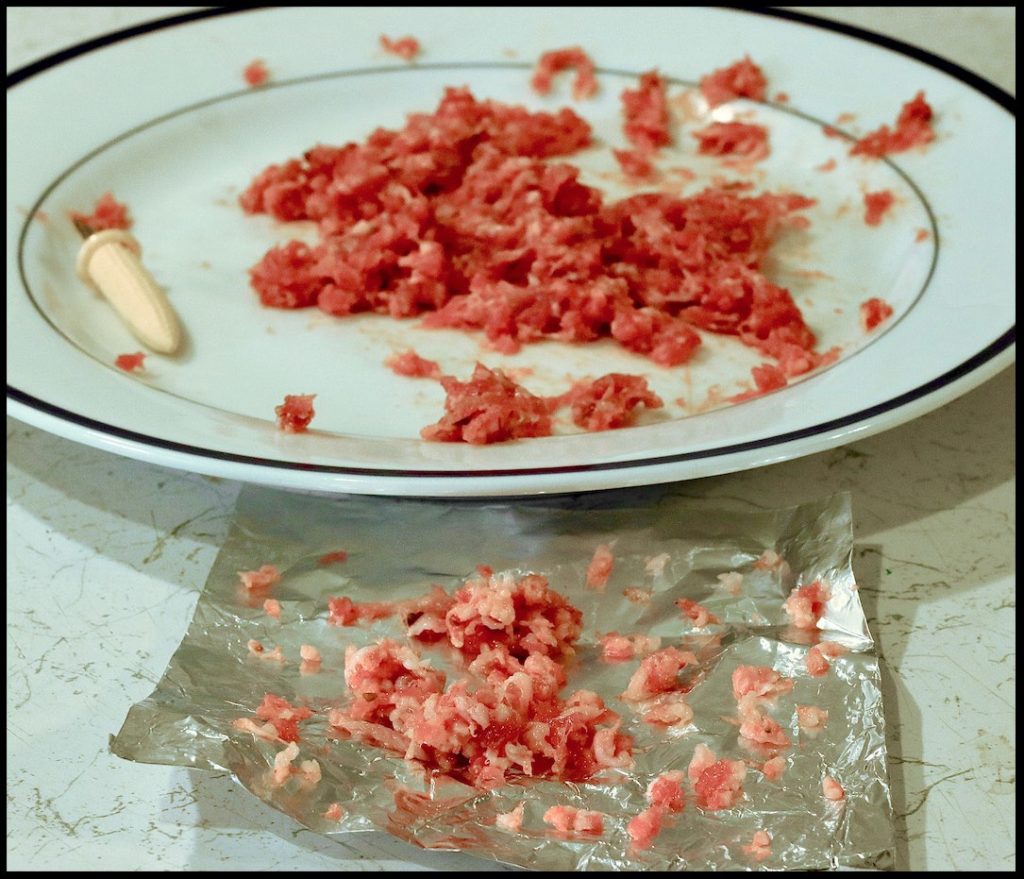
So for nearly every 5 sausages you eat 1 of them is all fat and nasty gristle waste. Granted this was the first one I broke down and the brand was recorded but not given here as I want to test a few more brands and see what the averages are before any brands are named.
I also bought a small, stainless steel kitchen grinder and have been experimenting with grinding various blends of meats and spices for my own sausage patties and meatballs in search of a healthier mix.
